ESD Floors – Static Control Flooring
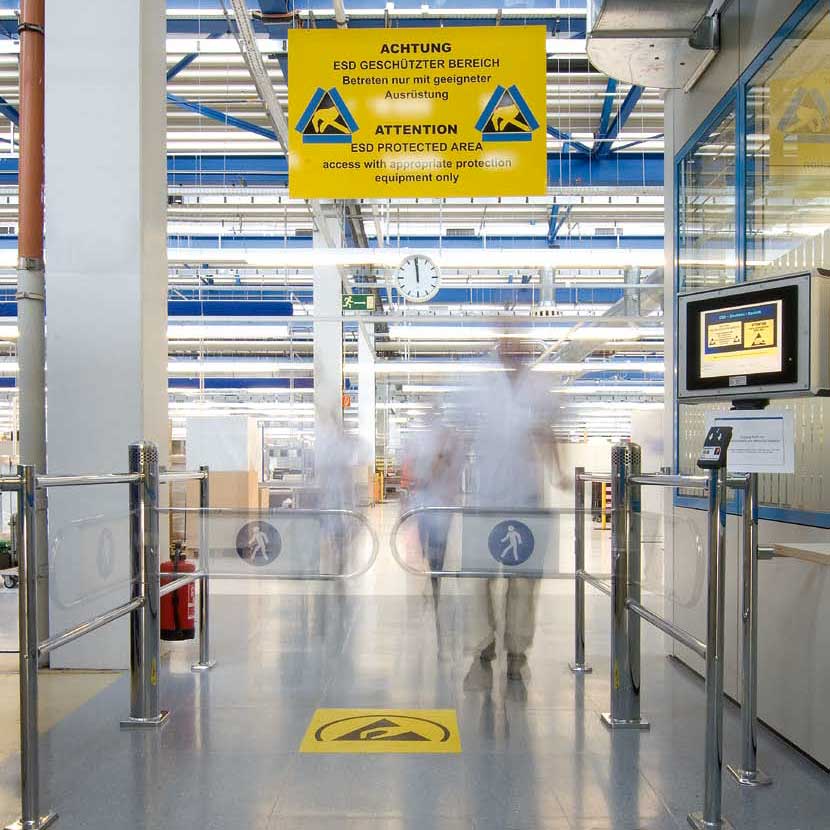 ESD Floors – Static Control Flooring is specialist flooring with conductive or dissipative properties that can be grounded to an earth with the purpose of grounding people and equipment to safely remove static electricity.
ESD Floors – Static Control Flooring is specialist flooring with conductive or dissipative properties that can be grounded to an earth with the purpose of grounding people and equipment to safely remove static electricity.
Investing in an ESD floor is the first, and probably the most important, step in establishing a fully compliant Electrostatic Protected Area (EPA). The type of static control floor chosen from the outset, and the quality of materials and installation, can make a significant difference in how long your floor lasts and how well your EPA will perform in protecting sensitive components from damage caused by electrostatic discharge (ESD).
SSE offers a complete package for selecting, supplying, installing, and testing your new IEC 61340-5-1 compliant ESD flooring.
Please contact us for guidance and to discuss your requirements.
SSE ESD Flooring Options
- Interlocking option:
- NeoStat® VXI – Interlocking conductive vinyl tiles for loose lay installation – click for details
- Adhered options:
- NeoStat® RX – Disspative rubber in sheet or tile options – click for details
- NeoStat® VXT – Conductive vinyl tile – click for details
- NeoStat® VXS – Dissipative vinyl sheet – click for details
- CX Dissipative Carpet – Tiles – click for details
- Other options (product supply only):
- PX Dissipative Paint – click for details
- NeoStat® ESD Floor Matting – click for details
- ESD Floor Finish Treatment – click for details
Why choose SSE for your ESD floor?
SSE specialises in installing ESD floors for companies in the electronics, aviation, defence, space, medical and other high-tech sectors.
- Over 40 years’ experience of supplying and installing ESD flooring for controlling static
- Complete supply, deliver and install package using our own team of installers
- Comprehensive range of high-quality anti-static floor materials to choose from, all complying with IEC 61340-5-1
- Advice on the most appropriate material to use and any subfloor preparation required
- Test Certificate of ESD Conformance provided on completion
- Annual testing/certification if required
- Specialist ESD floor maintenance products available – click here
| Flooring Material | Durablity | ESD Performance | Choice of Finish | Spill Resistance | Self-Install |
|---|---|---|---|---|---|
| NeoStat® VXI | ***** | ***** | **** | **** | **** |
| NeoStat® RX | **** | ***** | **** | ***** | * |
| NeoStat® VXT | ***** | *** | ***** | ***** | ** |
| NeoStat® VXS | ***** | **** | ***** | ***** | * |
| PX Dissipative Paint | *** | *** | ** | ***** | **** |
| CX Dissipative Carpet tiles | ** | ** | ***** | ** | *** |
| NeoStat® ESD Floor Matting | ** | **** | ** | ** | ***** |
-
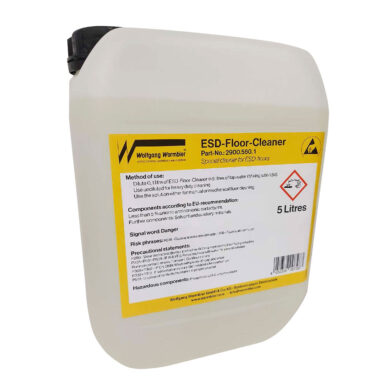 Buy Now
Buy NowFloor Maintenance Products for ESD floors
-
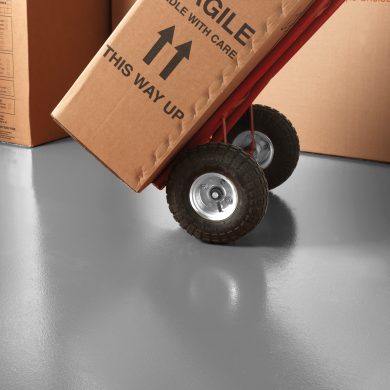 Buy Now
Buy NowESD Dissipative Paint
-
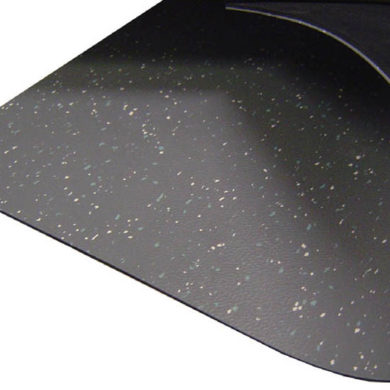 Buy Now
Buy NowESD Floor Mats
-
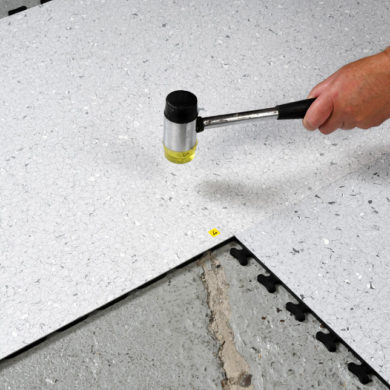
NeoStat® VXI Interlocking ESD Flooring
Call for PriceBuy Now -
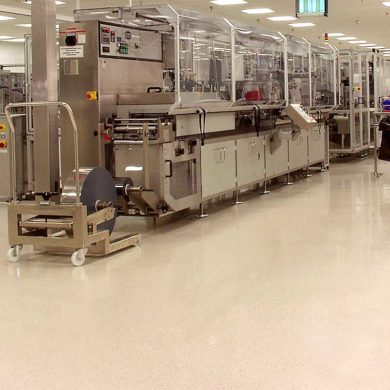
NeoStat® VXS Dissipative Vinyl Sheet
Call for PriceBuy Now -
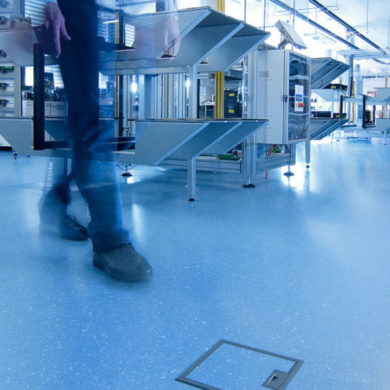
NeoStat® VXT Dissipative Vinyl Tiles
Call for PriceBuy Now -
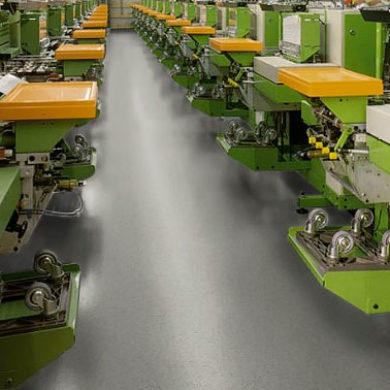
NeoStat® RX Dissipative Rubber ESD Flooring
Call for PriceBuy Now -
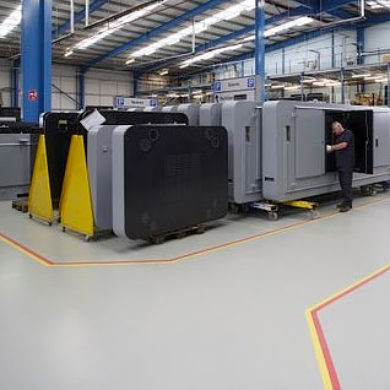
PX Static Dissipative Anti-Static Paint
Call for PriceBuy Now -
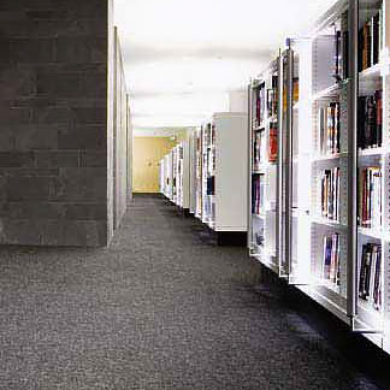
CX Dissipative Carpet Tiles
Call for PriceBuy Now -
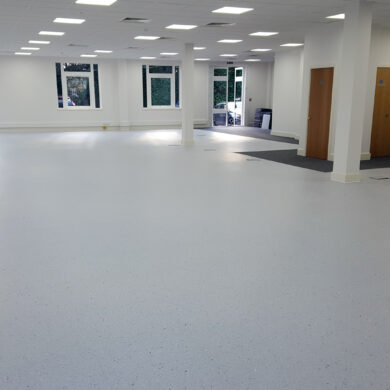
ESD Floor Installation
Call for PriceBuy Now
What is an ESD floor?
ESD flooring, also referred to as anti-static flooring, static control flooring, dissipative flooring, and conductive flooring, refers to floors with conductive properties that can be grounded to earth for removing generated static charges.
The flooring options SSE provides are high quality with low resistance and body voltage generation properties.
Options include loose lay NeoStat VXI, for little or no sub-floor preparation, to fully adhered ESD floor options laid on conductive adhesive.
Other anti-static floor options are available for temporary or low risk areas.
Why is ESD flooring needed?
Used in conjunction with ESD compliant equipment, an ESD floor provides primary grounding for people and equipment through the floor. For example, people wearing ESD compliant footwear, conductive shelving for storage, and conductive containers for storage and transport around the EPA.
The resistance to ground (Rg) of the person/footwear/floor combination must be less than 1.0 x 109 Ω (1 gigohm), although practically we recommend an Rg of 3.5 x 107 (35 megohm), whilst maintaining any individuals’ body voltage at less than 100V. An ESD compliant floor is critical in achieving this.
Where live high voltage work is involved, a dissipative floor is recommended with an Rg of >1.0 x 106 (>1 megohm) and additional localised precautions to provide a safe working environment.